This is a preprint.
A Hypothalamic Circuit Underlying the Dynamic Control of Social Homeostasis
- PMID: 37293031
- PMCID: PMC10245688
- DOI: 10.1101/2023.05.19.540391
A Hypothalamic Circuit Underlying the Dynamic Control of Social Homeostasis
Update in
-
A hypothalamic circuit underlying the dynamic control of social homeostasis.Nature. 2025 Apr;640(8060):1000-1010. doi: 10.1038/s41586-025-08617-8. Epub 2025 Feb 26. Nature. 2025. PMID: 40011768 Free PMC article.
Abstract
Social grouping increases survival in many species, including humans1,2. By contrast, social isolation generates an aversive state (loneliness) that motivates social seeking and heightens social interaction upon reunion3-5. The observed rebound in social interaction triggered by isolation suggests a homeostatic process underlying the control of social drive, similar to that observed for physiological needs such as hunger, thirst or sleep3,6. In this study, we assessed social responses in multiple mouse strains and identified the FVB/NJ line as exquisitely sensitive to social isolation. Using FVB/NJ mice, we uncovered two previously uncharacterized neuronal populations in the hypothalamic preoptic nucleus that are activated during social isolation and social rebound and that orchestrate the behavior display of social need and social satiety, respectively. We identified direct connectivity between these two populations of opposite function and with brain areas associated with social behavior, emotional state, reward, and physiological needs, and showed that animals require touch to assess the presence of others and fulfill their social need, thus revealing a brain-wide neural system underlying social homeostasis. These findings offer mechanistic insight into the nature and function of circuits controlling instinctive social need and for the understanding of healthy and diseased brain states associated with social context.
Conflict of interest statement
Competing interests. The authors declare no competing interests.
Figures
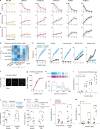

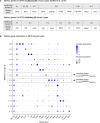



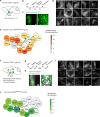

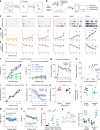
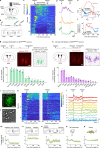
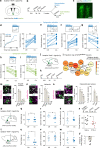
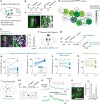
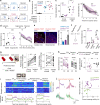

References
-
- Krause J. & Ruxton G. D. Living in groups. (Oxford University Press, 2002).
-
- Panksepp J. & Beatty W. W. Social deprivation and play in rats. Behavioral and neural biology 30, 197–206 (1980). - PubMed
References (Methods)
Publication types
Grants and funding
LinkOut - more resources
Full Text Sources
Research Materials
